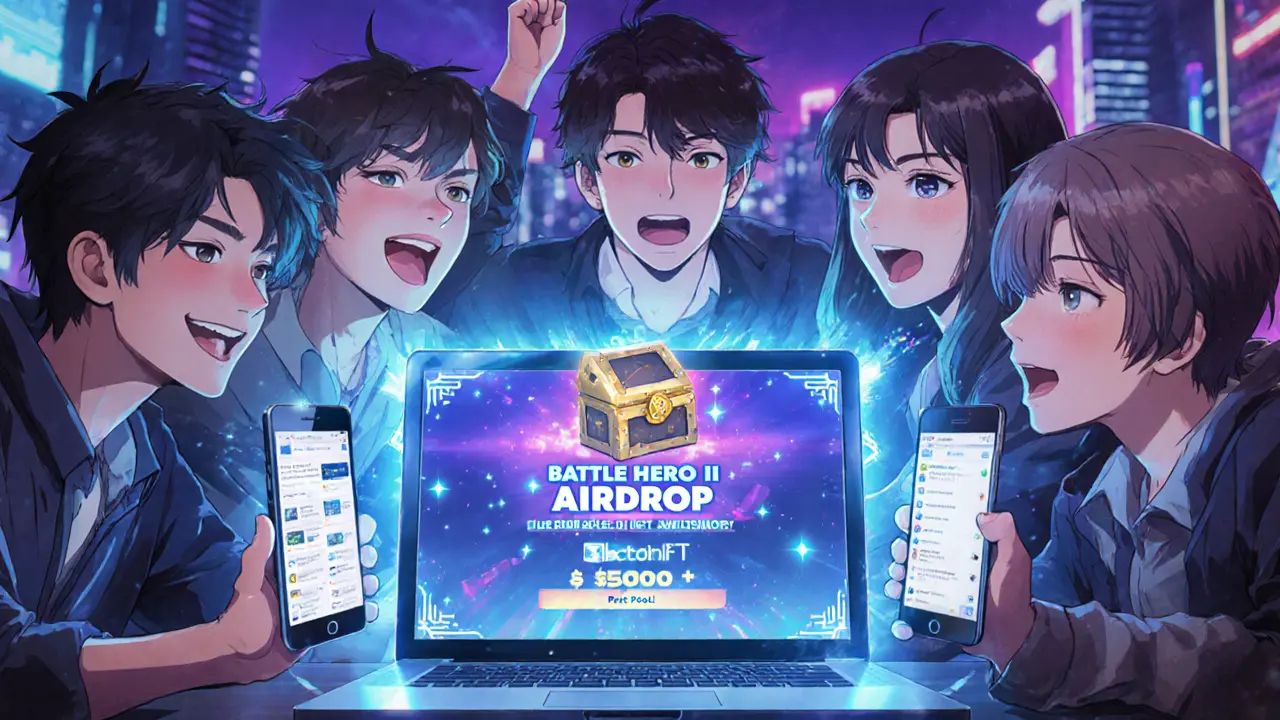Play-to-earn Overview and Resources
When talking about Play-to-earn, a model where gamers earn crypto tokens or NFTs by participating in blockchain games. Also known as P2E, it blends gaming skill with real‑world financial incentives, letting players turn time spent in‑game into tradable assets.
This ecosystem leans heavily on NFT, unique digital collectibles that represent ownership of in‑game items, characters, or land. NFTs enable true scarcity, so a rare sword or avatar can fetch market value beyond the game itself. Alongside NFTs, Airdrop, a distribution method where tokens or NFTs are given free to eligible users fuels user acquisition and keeps communities active. Both concepts feed into GameFi, the broader financial layer of gaming that includes staking, liquidity mining, and tokenomics. In practice, a GameFi project may launch an airdrop of its native token, reward players for completing quests that earn NFTs, and let those NFTs be staked for extra yields – a loop that drives engagement and economic growth.
What You'll Find Below
The collection below pulls together the latest analysis on Play-to-earn topics. You'll see deep dives into airdrop eligibility (like the Battle Hero chest NFT drop), comparisons of NFT standards (ERC‑721 vs ERC‑1155) that affect gaming assets, and reviews of platforms where you can trade or stake your earnings. Whether you’re hunting for a new token to farm, trying to understand how slashing penalties might affect your validator rewards in a Play-to-earn blockchain, or looking for practical tips on claiming airdrops safely, the posts give concrete steps and real‑world data. Dive in to see how each piece fits into the bigger Play-to-earn picture and start turning your gaming time into measurable value.
NBOX NFT Giveaway: Super Hero Game Launch Airdrop Details & How to Claim
Discover how to join the NBOX NFT giveaway for the Super Hero game launch, step‑by‑step participation, reward details, and tips to maximize your airdrop earnings.
Battle Hero II Chest NFTs Airdrop: Full Details, Risks & How to Verify
A comprehensive look at the Battle Hero II Chest NFTs Airdrop, covering its mechanics, prize pool, risks, current status, and a checklist for evaluating similar crypto airdrops.


